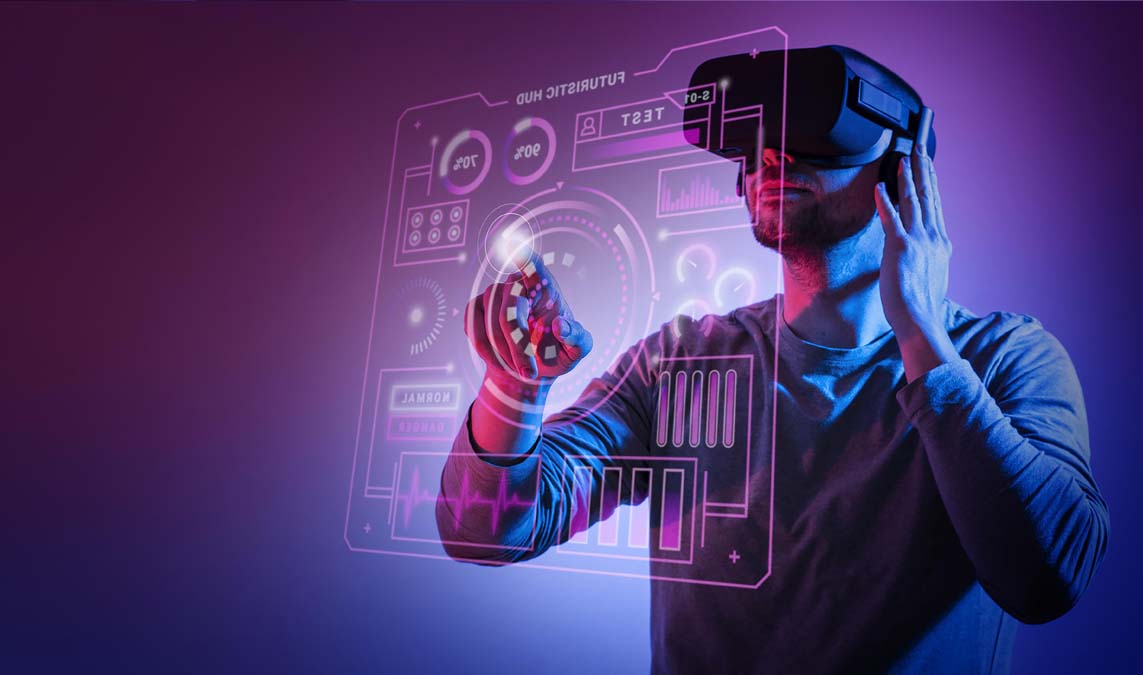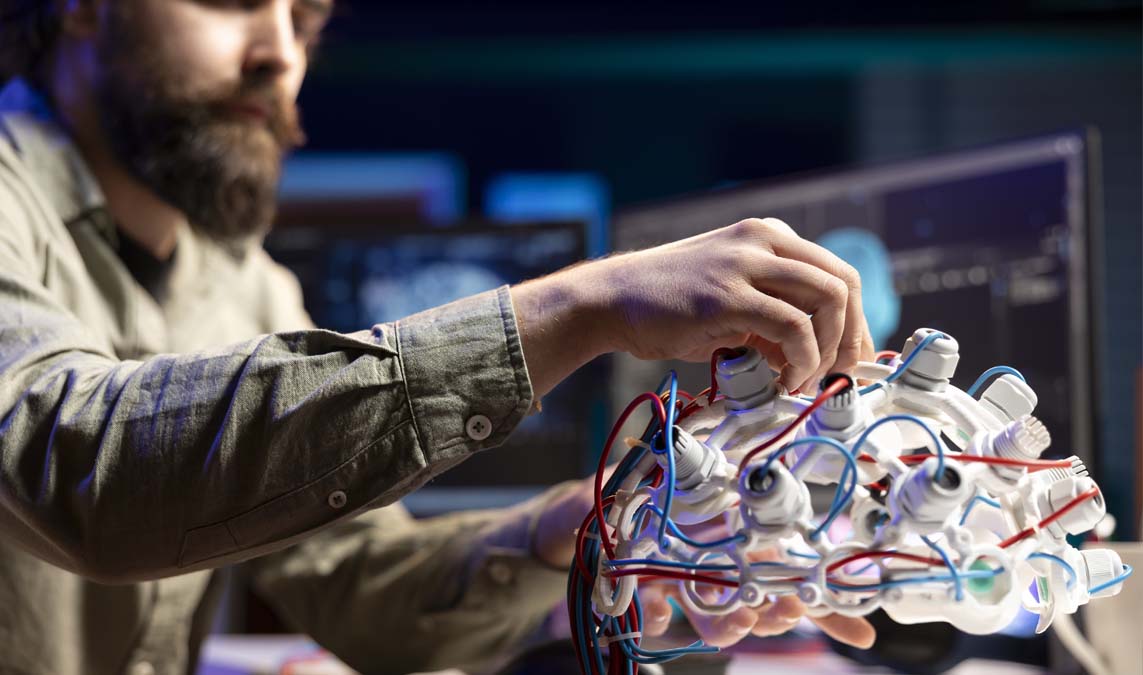In an era where convenience and efficiency drive innovation, speech to text AI has emerged as a game-changer. From hands-free note-taking to enhancing accessibility for individuals with disabilities, this transformative technology is becoming a staple in both personal and professional settings. Not only does it streamline communication, but it also improves productivity by allowing users to convert spoken language into written text quickly and accurately.
Moreover, businesses across industries are rapidly integrating AI into their workflows. Whether it’s transcribing meetings, generating subtitles for videos, or enabling voice-controlled applications, the use cases are expanding by the day. As this technology continues to evolve, it’s reshaping how we interact with digital content and one another.
What is Speech to Text AI?
Speech to text AI is a form of artificial intelligence that converts spoken language into written text using natural language processing (NLP) and machine learning algorithms. This technology listens to audio inputs and transcribes them in real time or after processing, depending on the use case.
Although early systems were limited in accuracy and required training for specific voices, today’s speech to text AI models are highly advanced. Thanks to vast datasets and improved neural networks, they can understand a wide range of accents, languages, and speech patterns with impressive precision.
How Speech to Text AI Works
Understanding the mechanics behind AI helps in appreciating its true potential. The process typically involves several key steps:
Voice Capture: The microphone records the audio input.
Preprocessing: Noise is filtered out, and the voice signal is digitized.
Speech Recognition: The system analyzes the waveforms and segments phonemes.
Language Modeling: It predicts the likely word sequence using grammar rules and context.
Text Output: The final transcribed text is generated and displayed.
Throughout this process, machine learning models continuously improve by learning from user corrections and new speech patterns.
Benefits of Speech to Text AI
There are countless benefits to adopting speech to text AI, and the impact is both immediate and long-term.
1. Enhanced Productivity
One of the biggest advantages is time-saving. Instead of typing lengthy reports or emails, professionals can simply dictate their thoughts. This is particularly useful for journalists, doctors, legal professionals, and content creators who deal with large volumes of written material daily.
2. Accessibility
Speech to text AI empowers individuals with physical disabilities or conditions like dyslexia to engage with digital platforms more easily. It removes barriers by allowing voice-driven input and communication.
3. Improved Accuracy and Speed
Modern AI models are capable of real-time transcription with minimal errors. Consequently, they outperform manual transcription in speed and, in many cases, accuracy—especially when integrated with industry-specific language models.
4. Multilingual Capabilities
Many advanced platforms support multiple languages and dialects, making global communication and transcription seamless for multilingual users.
Real-World Applications
The use of speech to text AI is already prominent across various sectors:
Healthcare
Doctors use voice dictation to create patient notes, speeding up documentation while reducing administrative workload. Additionally, AI models trained on medical terminology ensure high transcription accuracy.
Education
Students benefit from real-time transcription during lectures, making note-taking more efficient. Similarly, educators use it to create accessible learning materials for students with hearing impairments.
Customer Service
Call centers deploy speech to text AI to analyze calls for quality assurance and performance metrics. Moreover, real-time transcription enhances agent productivity and customer satisfaction.
Media and Content Creation

Podcasters, YouTubers, and journalists use it to transcribe interviews, generate subtitles, and create written content from audio material effortlessly.
Popular Tools in the Market
Several platforms offer high-performing speech to text AI services. Some of the most widely used include:
Google Speech-to-Text API
IBM Watson Speech to Text
Microsoft Azure Speech Services
Otter.ai
Rev.ai
Each tool offers unique features like real-time transcription, speaker identification, and domain-specific customization. Choosing the right platform often depends on the specific needs of the user or business.
The Role of AI in Evolving Voice Interfaces
As natural language processing improves, speech to text AI is becoming the backbone of intelligent voice interfaces. From virtual assistants like Siri and Alexa to voice-controlled smart home devices, this AI technology enables a more natural and intuitive way of interacting with machines.
Furthermore, as voice search continues to rise, optimizing websites and apps for voice-to-text functionality can significantly enhance user engagement and SEO rankings.
Challenges and Limitations
Despite its many advantages, speech to text AI is not without its limitations. Background noise, overlapping speech, and heavy accents can sometimes hinder accuracy. Privacy concerns also arise when sensitive data is recorded and processed by third-party services.
Therefore, continuous advancements in acoustic modeling and data security are necessary to overcome these hurdles and make the technology even more reliable and trustworthy.
The Future of Speech to Text AI
Looking ahead, the future of speech to text AI appears promising. We can expect further improvements in accuracy, speed, and contextual understanding. Additionally, AI models will become better at identifying tone, emotion, and intent—enhancing the depth of transcriptions.
Eventually, this technology could fully integrate with augmented reality (AR) and virtual reality (VR) environments, providing users with a seamless, immersive experience that transcends text and voice boundaries.
Conclusion
From revolutionizing the way we communicate to making digital content more accessible, speech to text AI is undoubtedly shaping the future. Its growing presence in daily life and professional industries speaks volumes about its impact and potential. With continuous innovation, we are only scratching the surface of what this transformative technology can achieve.







